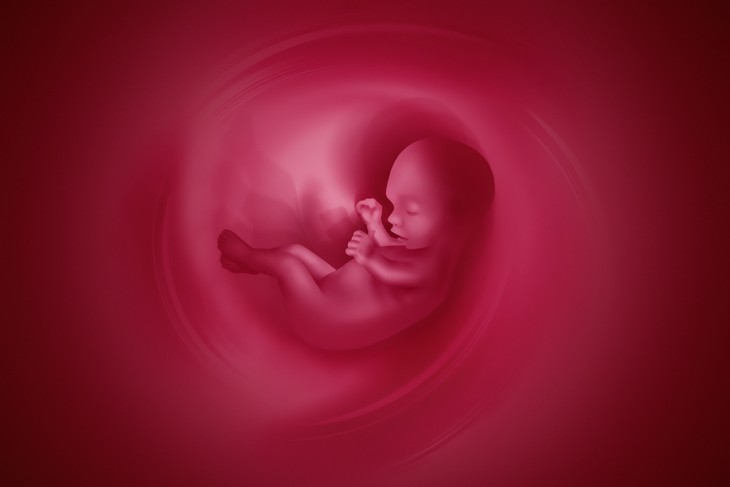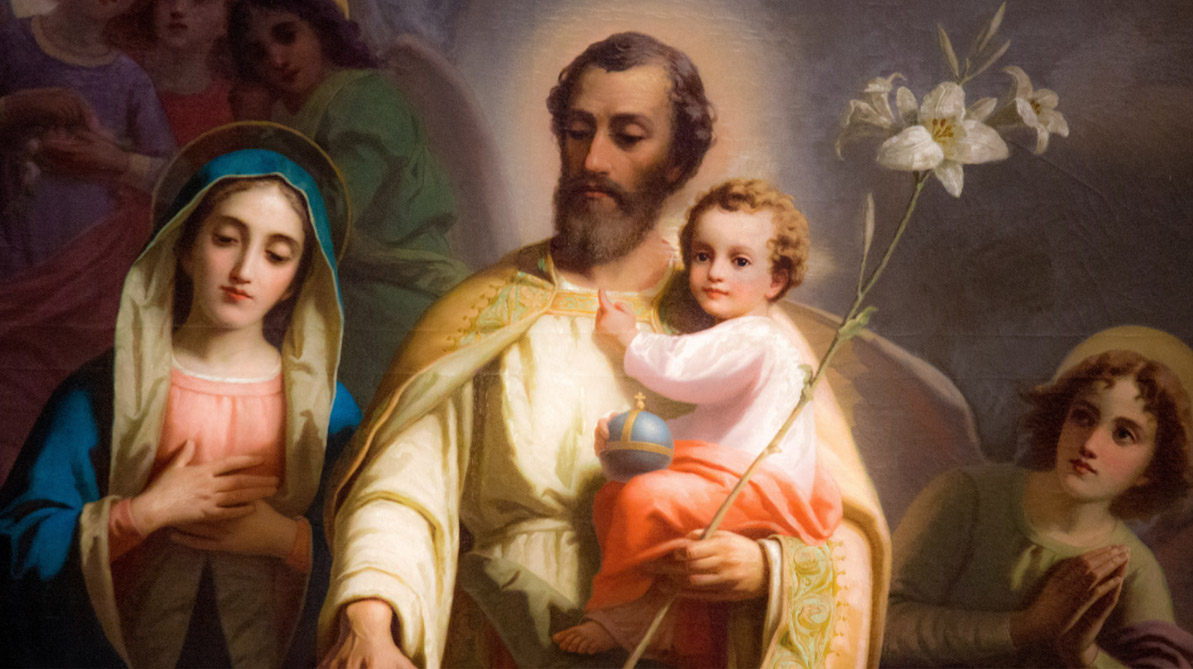By Frederick N. Dyer
Although there is a society of at least 900 pro-life gynecologists, the American Association of Pro-Life Obstetricians and Gynecologists (AAPLOG), the overwhelming majority of gynecologists today are strongly supportive of women’s access to abortion. This was already true in 1972 before Roe v. Wade when the American Journal of Obstetrics and Gynecology (AJOG) printed a letter from 100 professors of obstetrics and gynecology calling for their colleagues and hospitals to provide abortions.
Last month, 100 current chairmen of departments of obstetrics and gynecology, writing in the same journal, reinforced the 1972 professors’ statements supporting abortion. They praised advances in the field since 1972, including improvements in prenatal diagnosis that “give obstetricians the opportunity and responsibility to make patients aware of a wide range of genetic anomalies and to offer abortion.” They praised the use of the chemical abortion pill, RU 486, and the use of sonograms for guidance during the abortion procedure. (They made no mention of the mind-changing effect that sonograms often have when viewed by women seeking abortion.) They expressed their strong support of policies that would make abortion equally available to poor and wealthy women, presumably meaning government funding.
Much of the statement by today’s 100 condemned recent state legislation requiring waiting periods, counseling, and parental consent prior to abortion. They correctly saw these as impeding women’s abortion access. They specifically criticized requirements in 27 states that “force physicians to provide deceptive counseling including false statements about risks of breast cancer, infertility, and mental health.” However, these are not “false statements.” It appears that these professors are not willing to acquaint themselves with scientific facts when the scientific facts make abortion unattractive.
However, it is not the views of these hundred doctors that I wish to talk about so much as the determined efforts of one, a mid-nineteenth century specialist who convinced his peers in the American Medical Association to protest against the widespread practice of abortion and call for more effective legislation against “the unwarrantable destruction of human life.”
Boston physician, Horatio Robinson Storer (1830-1922) is the founder of American gynecology. Some may question that Dr. Storer . . . deserves this title, but any in-depth investigation will show this was the case. He was professor of obstetrics and the diseases of women at the Berkshire Medical College in 1865 where, as he later wrote in a letter to his son, “I gave courses of sixty lectures on gynaecology, which, so far as I know, had never been attempted at all here [in the U.S.] before.” (Journal of the History of Medicine, July 1999) His association with American gynecology dated from 1853 when he obtained his M.D. from Harvard.
Storer founded the Gynaecological Society of Boston and launched its journal—the first in the U.S. devoted exclusively to gynecology (links to all seven volumes of Storer’s JGSB are available at http://horatiostorer.net/JGSB.html). In its first volume (July 1869), he wrote of his pioneering commitment to the medical needs of women: “During the sixteen years since we graduated in medicine we have never once prescribed for a married woman with any, the slightest, pelvic symptoms—and this is what perhaps no other living man can say—without a careful digital examination.”
He performed one of the earliest successful hysterectomies (September 23, 1865) and was the first surgeon to remove a pregnant uterus (July 21, 1869). He also invented instruments for gynecological diagnosis and surgery.
Founding American gynecology was no mean achievement, but it was Storer’s efforts against unjustifiable abortion that established his important place in U.S. history.
Induced abortion had become widespread when he began medical practice. It was occurring primarily among married Protestant women. Storer found other physicians were experiencing the same problem. He carried out extensive research and concluded, in the April 1859 American Medical Association’s Report on Criminal Abortion that “thousands and hundreds of thousands of lives are . . . directly at stake, and are annually sacrificed.”
Other physicians also noted the high rate of induced abortion in the middle of the 19th century. Edwin Moses Hale in “The Great Crime of the Nineteenth Century” claimed two-thirds of pregnancies ended in induced abortions.
Storer’s first major article on abortion, “Criminal Abortion,” published in January 1859 in the North-American Medico-Chirurgical Review, (Vol. 3, pp. 64-72) began: “By the common law and by many of our state codes, fœtal life, per se, is almost wholly ignored and its destruction unpunished; abortion in every case being considered an offence mainly against the mother, and as such, unless fatal to her, a mere misdemeanor, or wholly disregarded. . . . By the moral law, the wilful killing of a human being at any stage of its existence is murder.”
IT ENDED:
If we have proved the existence of fœtal life before quickening has taken place or can take place, and by all analogy, and a close and conclusive process of induction, its commencement at the very beginning, at conception itself, we are compelled to believe unjustifiable abortion always a crime.
And now words fail. Of the mother, by consent or by her own hand, imbued with her infant’s blood; of the equally guilty father, who counsels or allows the crime; of the wretches who by their wholesale murders far out-Herod Burke and Hare; of the public sentiment which palliates, pardons, and would even praise this so common violation of all law, human and divine, of all instinct, of all reason, all pity, all mercy, all love—we leave those to speak who can.
Quite a contrast to the position of our current 100 abortion-approving gynecologists.
The full January 1859 article is available at horatiostorer.net/. Eight additional articles followed and the nine were compiled into a book, On Criminal Abortion in America, published in 1860. A link to the complete book is available at horatiostorer.net/Storer_books.html.
The nine articles became an enclosure to the 1860 American Medical Association’s “Memorial to Congress and the several state legislatures of the Union, with the prayer that the laws by which it has been attempted to restrain and punish abortionism may be revised, and such legal enactments provided as the heinousness of the crime demands.” This memorial also was written by Storer. It represented the culmination of his successful effort to bring the AMA into the fight against abortion.
Storer had requested that the organisation form a Committee on Criminal Abortion in 1857. The association agreed and made him chairman. His illness delayed the AMA’s Report on Criminal Abortion, but he completed it in April 1859. It was praised and signed by the eight members of the committee and unanimously approved by the association. Its three resolutions read:
Resolved, That while physicians have long been united in condemning the act of producing abortion, at every period of gestation, except as necessary for preserving the life of either mother or child, it has become the duty of this association, in view of the prevalence and increasing frequency of the crime, publicly to enter an earnest and solemn protest against such unwarrantable destruction of human life.
Resolved, That in pursuance of the grand and noble calling we profess, the saving of human lives, and of the sacred responsibilities thereby devolving upon us, the association present this subject to the attention of the several legislative assemblies of the Union, with the prayer that the laws by which the crime of procuring abortion is attempted to be controlled may be revised, and that such other action may be taken in the premises as they in their wisdom may deem necessary.
Resolved, That the association request the zealous co-operation of the various state medical societies in pressing this subject upon the legislatures of their respective states, and that the president and secretaries of the association are hereby authorized to carry out, by memorial, these resolutions.
The report can be read at http://horatiostorer.net/AMA_vs_Abortion.html.
The efforts of the AMA and state medical societies were enormously successful. Stringent laws that protected the unborn were passed in almost all states and territories in the next 20 years. Most remained in effect with little or no change until overturned in 1973.
Storer also wrote an 1866 report, “The Criminality and Physical Evils of Forced Abortions,” that the AMA requested as a means to convince women that they should not seek abortions. It was published as the book, Why Not? Book for Every Woman. Storer later wrote that “hundreds of women acknowledged that they were thus induced to permit their pregnancy to accomplish its full period.” Several other physicians over the next decades reported that they used Why Not? to convince their patients to continue their pregnancies. The state of Ohio used it as the basis for strengthening their abortion law. This long report also can be read at http://horatiostorer.net/AMA_vs_Abortion.html.
During the century that these stringent laws protecting the unborn were in effect millions of children survived pregnancy who would not otherwise have survived. These children are the ancestors of most of us, including a sizable proportion of the 100 ob/gyn professors currently calling for more access to abortion. Only those professors from abroad or with recent immigrant parents are immune from the substantial probability that they are survivors of Storer’s crusade against abortion.
Storer actually was not the first New England physician to call for American Medical Association action against abortion. The first was John Preston Leonard in the article, “Quackery and Abortion,” published January 1851 in the Boston Medical and Surgical Journal. Storer never mentioned Leonard or Leonard’s article, but there is the tantalizing prospect that Storer, although only a first-year medical student in 1851, wrote or helped write Leonard’s “Quackery and Abortion.”
The professors may be assuming that Storer opposed abortion because he was a Roman Catholic. Not so. Storer was a Unitarian when he brought the AMA into the fight against abortion. In fact, he did not make specific mention of the Catholic physician, Gunning S. Bedford, when he gave credit “for the thought of the present undertaking,” although he was aware of Bedford. This may be because he did not want physicians and legislators to assume that concern for the unborn was just or primarily a Catholic concern. (Are any of today’s ob/gyn professors guilty of this?)
Readers by this point should recognize that concern of the unborn victims was the major reason for the laws that were overturned by Roe v. Wade. There has been confusion and worse regarding this fact. Other reasons have been given: concern about the danger of the operation of abortion for the mother, the need to eliminate quacks through regulation of medicine, and the threat that Catholics who were not having abortions would become dominant in the country. When Storer made mention of these other factors it was to convince women and legislators to oppose abortion. These groups typically did not have the legitimate physician’s awareness of the life and right to life of the unborn child.
Our 100 professors would probably say that Storer’s approach to abortion is no longer relevant. I remind them that there are 900 current gynecologists who largely agree with Storer’s views. The American Association of Pro-Life Obstetricians and Gynecologists would no doubt allow the others to join when they come to recognize that Storer’s approach is consonant with human rights and their approach is not.
Frederick N. Dyer obtained his Ph.D. in experimental psychology from Michigan State University in 1968. He has taught psychology at the University of Alberta and Auburn University, and worked as a research psychologist for the U.S. Army and the U.S. Navy. He is the author of Champion of Women and the Unborn, Horatio Robinson Storer, M.D. and The Physicians’ Crusade Against Abortion. He runs a website with more information about Dr. Horatio Storer. The website Aleteia recently interviewed Dr. Dyer.
This article has been reprinted with permission and can be found at http://www.mercatornet.com/articles/view/gynecology_before_roe_v._wade.



